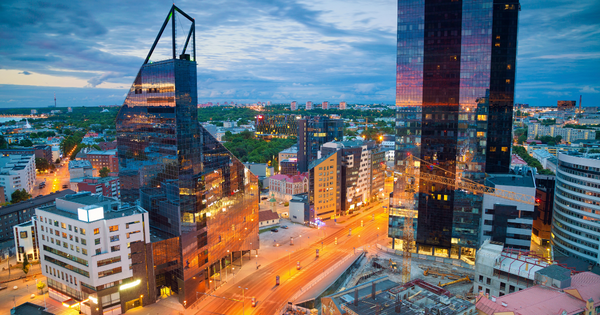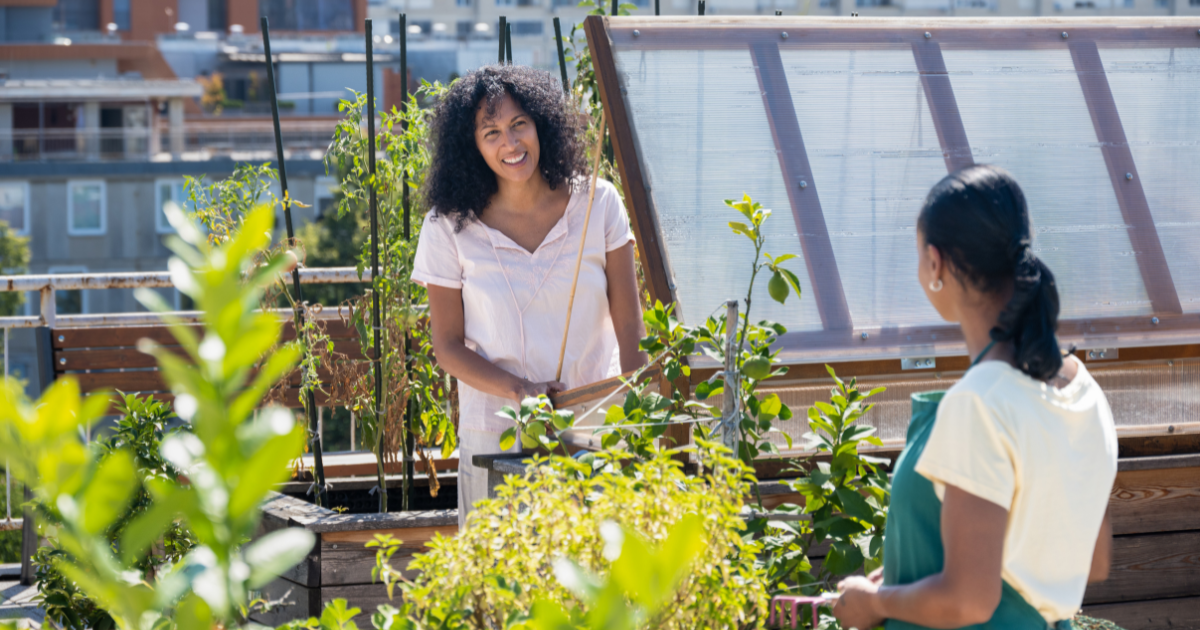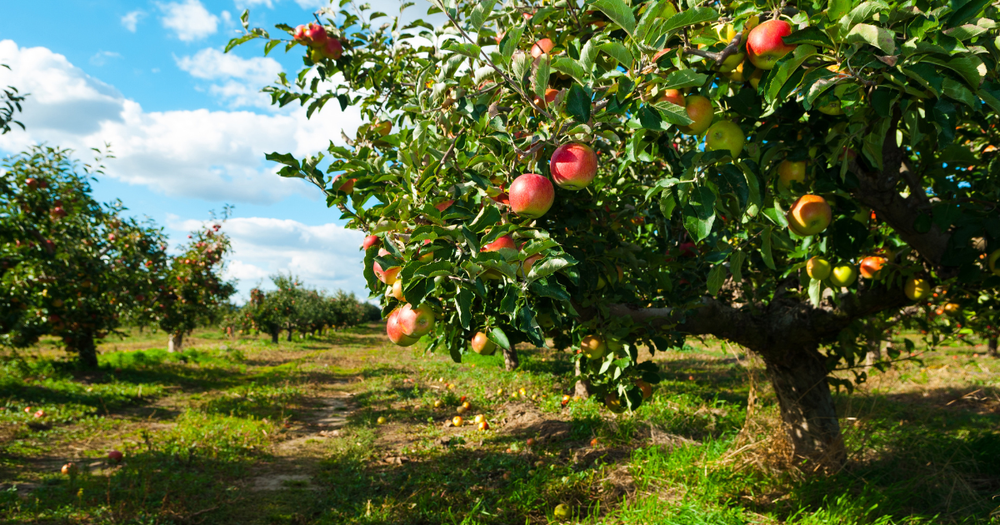Cities are living, breathing ecosystems, and the spaces between bricks and balconies are fertile in more ways than one. As urban populations swell and global food systems strain under climate change, long supply chains, and rising costs, the idea of growing food where we live is shifting from hobby to necessity. Urban gardening turns overlooked corners—windowsills, stair landings, fire escapes, balconies, rooftops, courtyards, and community plots—into thriving, edible landscapes. It’s a practice that reduces environmental impact, builds resilience, and reconnects us with the cycles of nature. Just as importantly, it nourishes our bodies and minds, fosters community, and helps cities bloom with biodiversity.
Why urban gardening matters begins with distance. Most of what we eat travels hundreds or thousands of kilometers before it reaches our plates. Every kilometer adds emissions from refrigeration, packaging, and transport. By growing herbs and greens at home, you erase much of that footprint. You also cut food waste: you harvest only what you need, when you need it, and the rest keeps growing. Scraps become a resource rather than rubbish when you compost them back into nutrient-rich soil. On a neighborhood scale, an archipelago of small gardens forms a living pantry, a buffer against supply disruptions and price spikes, and a bridge across food deserts where fresh produce is hard to find.
Urban gardens double as microhabitats. A balcony planter of lavender or thyme can feed bees and butterflies; a rooftop bed with kale and nasturtiums hosts ladybirds and lacewings that keep pests in check. Vertical vines cool sun-baked walls, trees in tubs create pockets of shade, and healthy soils sponge up stormwater that might otherwise overwhelm drains. In this way, small gardens chip away at urban heat islands, improve air quality, and stitch together a patchwork of green corridors across the city. There is a human ecology here as well: tending plants reduces stress, invites movement and sunlight, and gives a sense of purpose that screens rarely can. Seed swaps, compost co‑ops, and community beds draw neighbors into conversation and shared stewardship.





